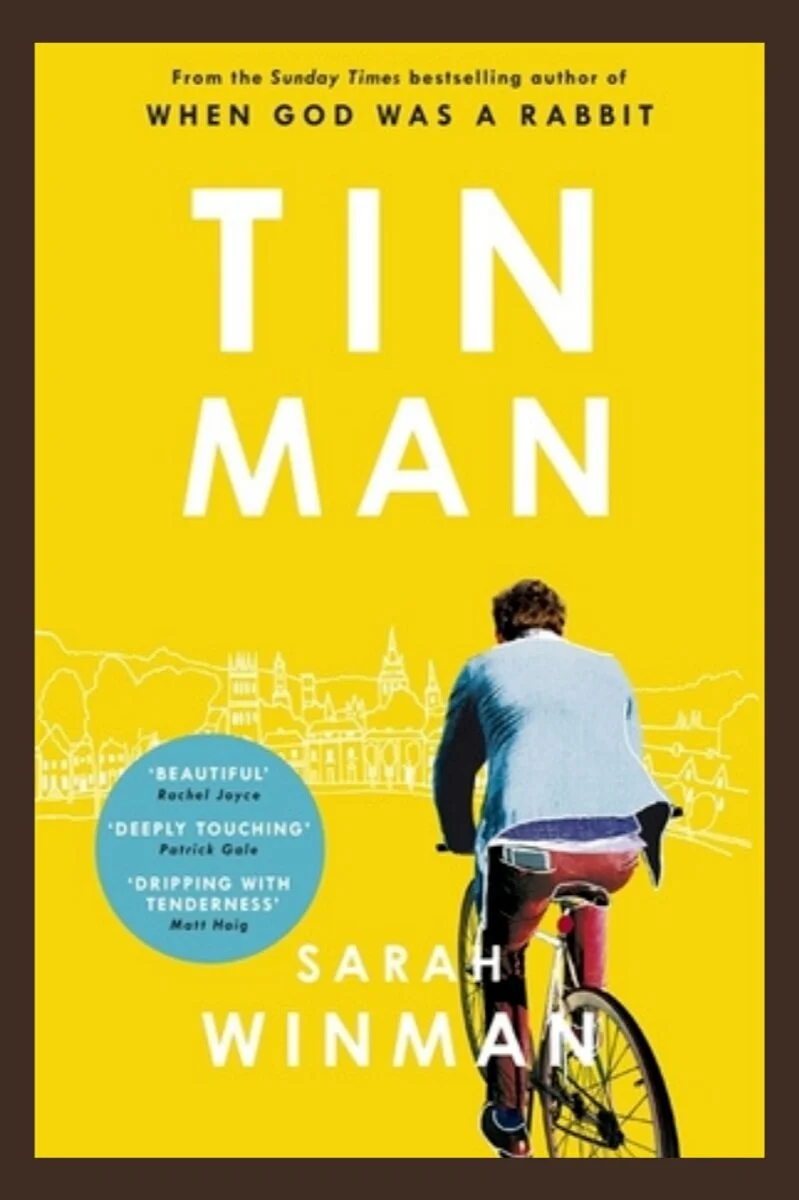Still Life – Sarah Winman
100-Word (or Less) Synopsis: A chance encounter between a soldier and spy in World War II starts a decades-long quest to find one another again.
Expectation: A queer romance set in Italy that isn’t “Call Me By Your Name.”
Reality: A beautifully written, often funny, story about chosen family and second chances.
Recommended For: Fans of historical fiction, art and culture.
Why I Read It: It was highly recommended by one of my favorite book buddies.
My Take:
There have been a handful of novels, where upon completion, I’ve sat in awe of the author’s intelligence and creativity. Sarah Winman is quickly becoming one of those authors after “Tin Man,” the nuanced tale of love and loss, and now “Still Life” a celebration art, friendship and chosen family.
Seamlessly weaving together fictional and factual events, Winman transports us through a half-decade of life for our main human (and animal) characters, and the true star of the novel — Florence, Italy.
At nearly 500-pages, there is too much plot to accurately summarize here but what starts with Ulysses Temper and Evelyn Skinner, two seemingly disparate people meeting during World War II, ends as a beautiful story of inspiration, connection and fate.
Winman’s lush writing — used to great effective in describing the art, food and landscape of Florence — requires concentration, but it’s worth the investment, especially as an audiobook, wonderfully narrated by the author who is also a well-regarded actress.
But all the sensory pleasing descriptions of Tuscany would mean nothing if they weren’t accompanied by well-developed characters. At first, I struggled to make sense of the two main narratives — Ulysses’ and Evelyn’s — but as the characters and their situations evolved, and they inched closer and closer to meeting again, I was fully invested.
In Ulysses’ orbit is his ex-wife, Peg, her daughter, Alys, friends Cress, Pete and Col and a talking parrot, Claude. While Evelyn lives more of a solitary lifestyle, it’s her memories of past love and chance encounters that keep her young at heart.
Even though Winman gives every character a chance to shine — and there are plots both big and small for them to overcome — my biggest complaint with the novel is that sometimes we “lost” a person for an extended amount of time, only to have them re-enter the story in a lesser role.
Personally, I found Cress to be the emotional center of the novel, yet he was a secondary character used mainly as the wise old man archetype for Ulysses, Peg and Alys. I also never fully connected with Evelyn, partially because her upper crust English sensibility wasn’t always to my taste, but the last chapter gives her the full-circle moment I needed.
Honestly, these are minor complaints in an overall rewarding reading experience.
I laughed out loud several times — a testament to how Winman built our character’s personalities — and teared up at a few key moments near the end. As in “Tin Man,” Winman doesn’t give us all the answers, specifically about Ulysses’ sexuality or Evelyn’s paramours, but she gives us enough to fill in the gaps.
Fans of historical fiction will enjoy how Winman incorporated real events in Florence and Italy into the plot. I learned about reconstruction after World War II, the devastation of the Arno River flood in 1966 and many artists that have been forgotten to history — either by time or their gender.
This novel is so much more than the description will lead you to believe, and while it felt a little long at times, the journey is worth it.
Rating (story): 4.5/5 stars
Rating (narration): 4/5 stars
Formats: Audiobook (library loan)
Dates read: January 11 – January 22, 2022
Multi-tasking: Not recommended. To fully appreciate Winman’s writing and immerse yourself in the story, it’s best to stick to activities that allow you to concentrate on the narration.





